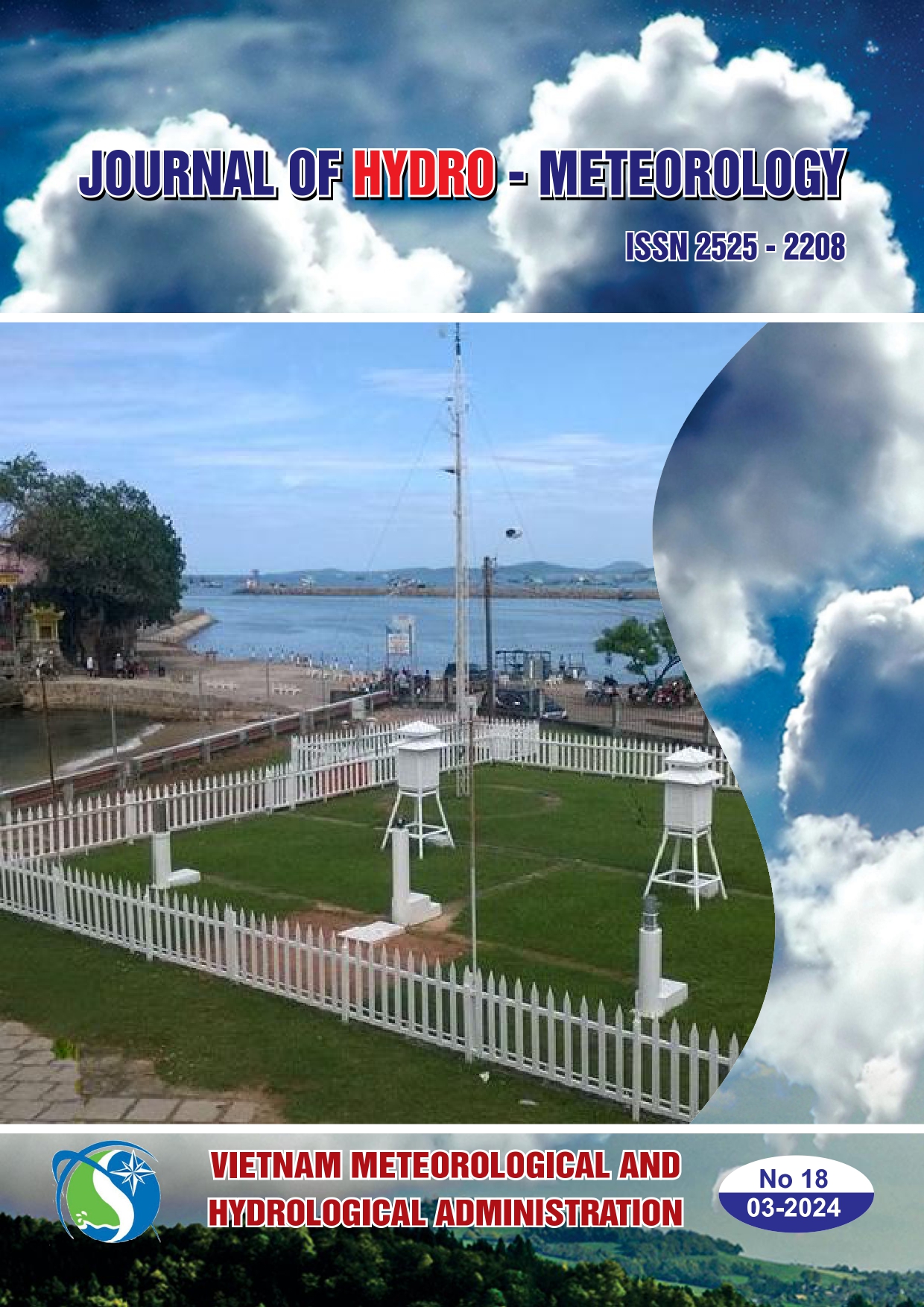Evaluate the correct and the skill of the IFS model for minimum temperature, average temperature, maximum temperature forecasting in short term (24 hours) at 09 regions in Vietnam
Tóm tắt
Conceptually, forecast verification is simple, you just need to compare the forecast factors and observed factors. The accuracy of a forecast is a measure of how close to the actual weather the forecast was. The reliability of a forecast is the average agreement between the forecast values and the observed values. The skill of a forecast is performed based on some benchmark forecast, usually by comparing the accuracy of the forecast with the accuracy of the benchmark. The benchmark forecast can be a climatic value. Meanwhile, the correct forecast is bias between the forecast value and the observed value within the allowable range. This study evaluates the correct and forecasting skill of the IFS model (by European Centre for Medium-Range Weather Forecasts) for minimum temperature (Tm), average temperature (Tave), maximum temperature (Tx) forecasting in 24 hours at 09 regions in Viet Nam. The results show that within 24 hours, the IFS model predicts a high bias for the Tm (from 0.2 to 0.9oC) and a low bias for the Tave (from -0.2 to -0.9oC) and Tx (from -1.0 to -2.0oC). The correct in the southern region is higher than in the northern region (average about 10 to 15%). The skill of IFS model is higher than the benchmark (skill for the Tm has exceeded the Benchmark value by 0.4 to 0.6; skill for the Tave has exceeded the Benchmark value by 0.5 to 08), in there, the skill of Tm and Tave is higher than skill of Tx at the most regions, except in the Southern region, the skill of IFS model is lower than the benchmark for Tave and Tx.

